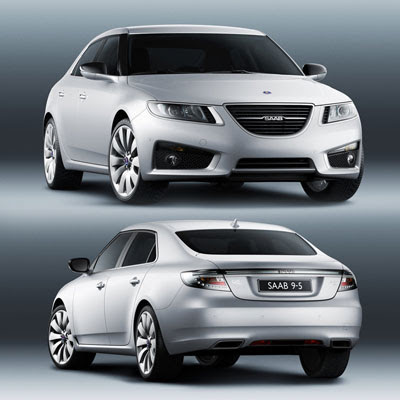
Epine Hybrid Peugeot Concept Car
Inspired by Formula One cars and motorcycles, Epine features a whale skeleton, as a tribute to Mother Nature. The concept car was created by Daniel Schumpert. Peugeot Epine
was basically a project that was supposed to turn into an
environmentally friendly hybrid vehicle, but eventually it turned into a
“consumer’s racing car”.
Peugeot Sport Cars Epine Concept Cars derived from a project to create a hybrid eco-friendly vehicle. The Peugeot Epine Concept design study was developed to have a sportscar-like performance while creating a new way to get in touch with nature.
This Peugeot ride relies on the Epine system, with an innovative seating
arrangement and the drive-by-wire technology, as far as steering is
concerned. The energy source of the vehicle is placed at the back, while
the storage area is at the front of the car. The major technical
feature of this car is the Epine system that allows a complete seating
arrangement by adopting the drive-by-wire technology to run the steering
system.
The rear-engined sportscar is minimalistic with an exposed frame, Peugeot Sport Cars Epine Hybrid Concept Cars uses the Michelin Tweel concept airless wheels, with a positive impact on the suspension system.
Turns out that the wheel spokes are able to compress and decompress,
thanks to the materials they’re made out of, allowing a wide variety of
car motions. This futuristic Peugeot measures 4,260 mm (length), 1,882mm (width) and 1153mm (height).




















































